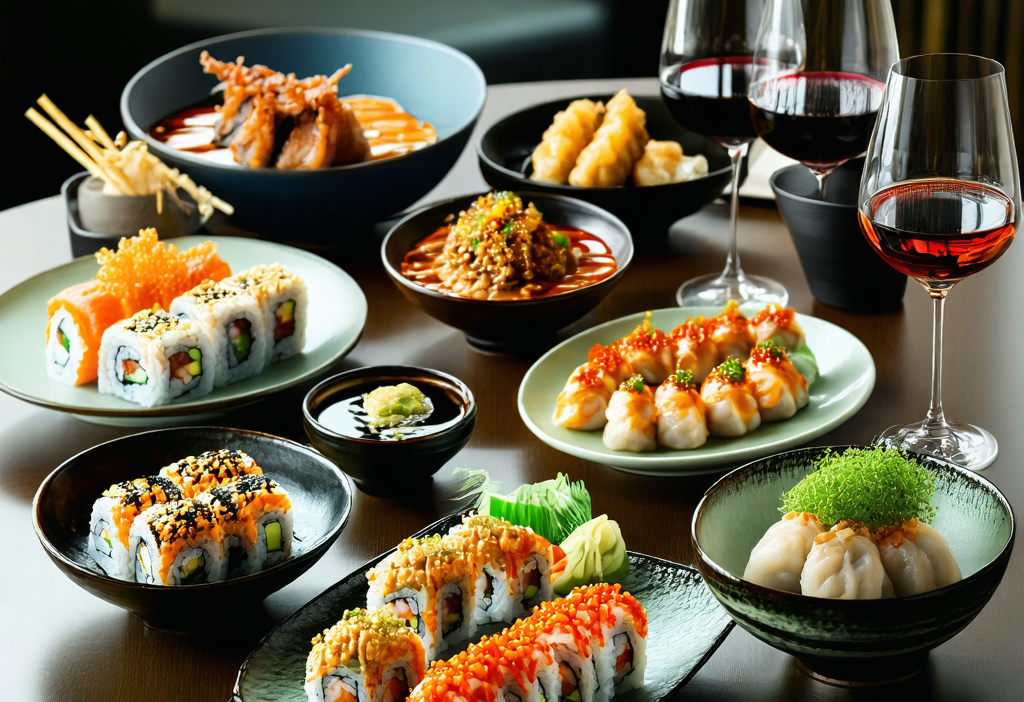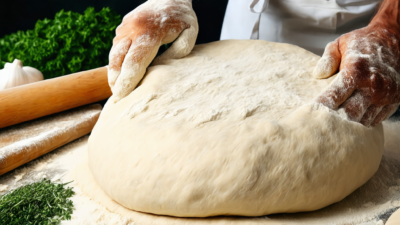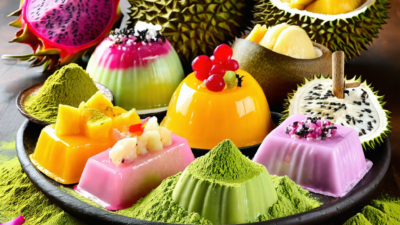Introduction
When it comes to dining, the art of pairing wine with food can elevate any meal to new heights. However, when it comes to Asian cuisine, this task can be a bit more challenging due to the diverse flavors and ingredients involved. In this blog, we’ll explore how to pair wines perfectly with your favorite Asian dishes, ensuring every sip complements your bites.
The Importance of Pairing Wine with Asian Cuisine
Asian cuisine is known for its bold flavors, which can sometimes clash with the wrong wine choice. The goal is to find a balance where both the dish and the wine enhance each other’s flavors without overpowering one another.
Understanding Flavors in Asian Cuisine
- Spicy: Dishes like Thai curry or Szechuan hotpot can be intense, requiring wines that won’t be overwhelmed by heat.
- Sweet and Sour: These combinations are common in dishes like honey-glazed duck or sweet and sour chicken, calling for wines with enough acidity to cut through the sweetness.
- Umami-rich: Dishes such as sushi, miso soup, and soy sauce-based meals benefit from wines that can stand up to their bold, savory flavors.
Expert Pairing Tips
Here are some expert tips to help you navigate the world of wine pairing with Asian cuisine:
- Start with the dish’s dominant flavor profile. Whether it’s spicy, sweet, or savory, this will guide your wine choice.
- Consider texture and weight. A light, crisp wine pairs well with delicate dishes, while fuller-bodied wines can handle heartier meals.
- Dont be afraid to experiment. Pairing is a personal journey; what works for one person might not work for another.
Specific Pairings for Different Asian Cuisines
Japanese Cuisine
Japanese dishes often emphasize freshness and subtlety. For sushi or sashimi, try a Dry Riesling for its crisp acidity or a light Sake. Grilled dishes like teriyaki can pair well with a medium-bodied Red Zinfandel.
Chinese Cuisine
Chinese cuisine offers a wide range of flavors. Spicy dishes like Szechuan peppercorn dishes work well with off-dry Rieslings or slightly sweet German whites. For rich, oily dishes such as Peking duck, consider a full-bodied Mateus Rosé.
Indian Cuisine
India’s bold curries and spices call for wines that can handle heat. A zesty Gewürztraminer is perfect for dishes with complex spice profiles, while a robust Malbec can stand up to rich gravies in biryani or curry.
How to Taste and Pair Effectively
To master the art of pairing, start by tasting your wine before the meal. Notice its acidity, sweetness, tannins, and body. This will help you identify which dishes it might complement. For instance:
- High acidity wines like Sauvignon Blanc pair well with salty or creamy Asian dishes.
- Fruit-forward whites like Chardonnay can handle sweeter elements in dishes.
- Rich reds like Shiraz are great for hearty, meaty meals.
Essential Tools for Pairing
To enhance your pairing experience:
- Use a wine aerator to open up the flavors of red wines before serving.
- A good wine decanter can help release complex aromas, especially for older wines.
- Dont forget about non-alcoholic options like sparkling water or fruit-infused drinks for those who prefer not to drink alcohol.
Conclusion
Paring wine with Asian cuisine is a delightful journey that combines taste, texture, and tradition. By understanding the flavors of your dishes and experimenting with different wines, you can create memorable dining experiences. Remember, there’s no right or wrong when it comes to pairing—it’s all about personal preference and enjoying the moment.
Next time you’re preparing an Asian meal, consider these tips and let your taste buds guide you. And don’t forget to share your favorite pairings in the comments below!





